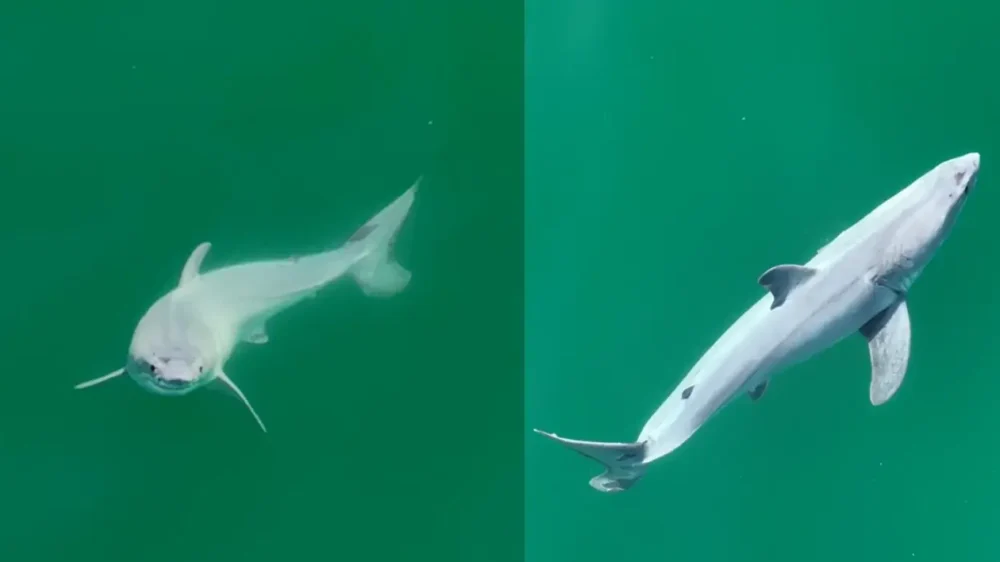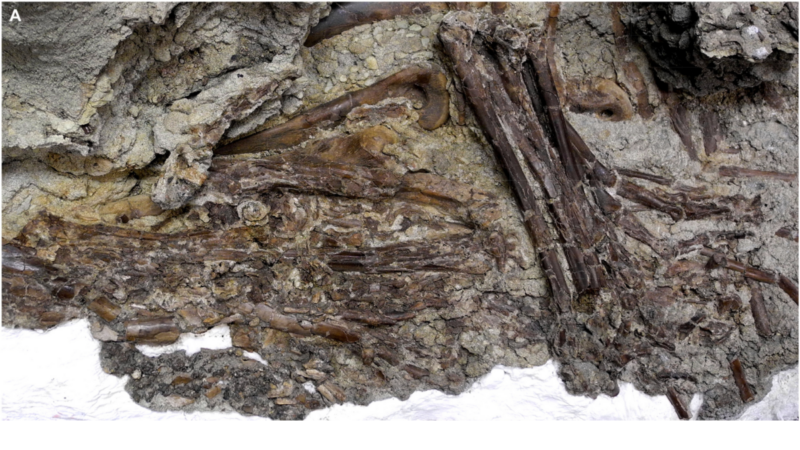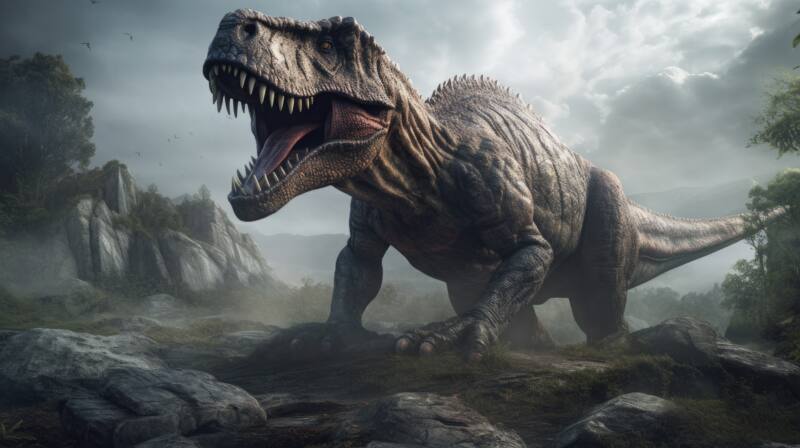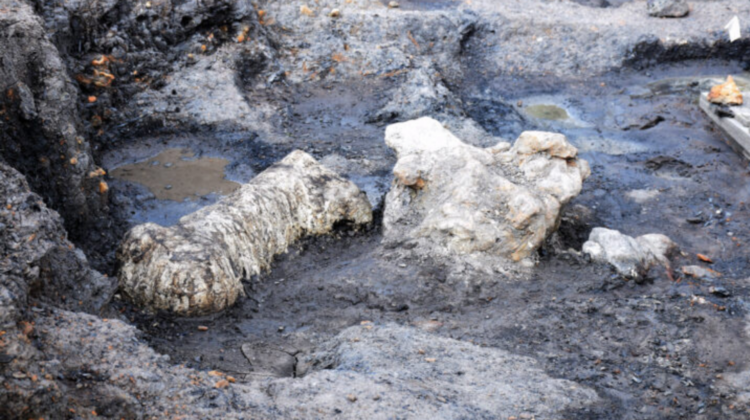Scientists discovered a 330-million-year-old shark head in a Kentucky cave
Researchers have just identified the skull of a shark that lived a shocking 330 million years in the past. The shark’s skull was found in Kentucky in Mammoth Cave National Park, which is home to the longest known cave system in the world at over 400 miles.
The fossil was found by Mammoth Cave scientists Rick Olson and Rick Toomey, then identified by a team of paleontologists led by John-Paul Hodnett. The team determined that the shark fossilized in the cave’s limestone was from the Late Mississippian geological period.
“There’s hardly ever any record at all of sharks’ teeth coming from these rocks. So that was exciting,” Hodnett told CNN. “So this is a brand new record of sharks from a particular layer of time.”
The Mississippian subperiod (358 to 323 million years ago) is one half of the Carboniferous period, which ended 298 million years ago. Other fossils hailing from the verdant Carboniferous, when most of North America was covered with warm, shallow water, include those of snails, squid-like animals and many other invertebrates.
Olson and Toomey had been finding shark fossils as they mapped a distant part of the cave system. They sent pictures of the fossils to Hodnett, who is an expert on ancient sharks. Hodnett and his team then went to Mammoth Cave themselves in November, where they were able to unearth a 2 1/2-foot-long portion of this giant prehistoric shark’s jaw, which he says means the shark would have been around the size of today’s great white shark species. He identified it as a species called Saivodus striatus.
He shares exciting images from his field work inside the cave system on his Instagram page below:
https://www.instagram.com/p/B4huKwEpukv/
In addition, they discovered some of the shark’s cartilage and teeth, along with almost 100 other shark teeth from other prehistoric shark species.
The oldest known shark fossils ever found date back to 450 million years ago, during the Ordovician Period. Fossilized dermal denticles, or skin scales, of sharks have been located in sandstone in Colorado and in Central Australia. However, these earliest sharks may not have looked very much like the famous, toothy “Jaws”-like animals we all picture when we think of sharks. In fact, scientists believe that these early sharks may not have had teeth, or even jaws!
This newly-discovered shark skull from Mammoth Cave certainly had a powerful set of chompers, though these teeth are not the oldest shark teeth on record. That record goes to tiny, two-pronged shark teeth from the Devonian Period, which was 418 to 358 million years ago.
Hodnett shares a behind-the-scenes photo of one shark tooth located in Mammoth Cave on his Instagram page.
https://www.instagram.com/p/B4ipc3kJpgC/
And the paleontologist says that this shark skull could just be the beginning of crucial finds for the team in Kentucky.
“Mammoth Cave has a rich fossil shark record and there’s still much more to uncover,” Hodnett said to CBS News.
Wow! This news gives us a fascinating look into a past teeming with underwater predators.






